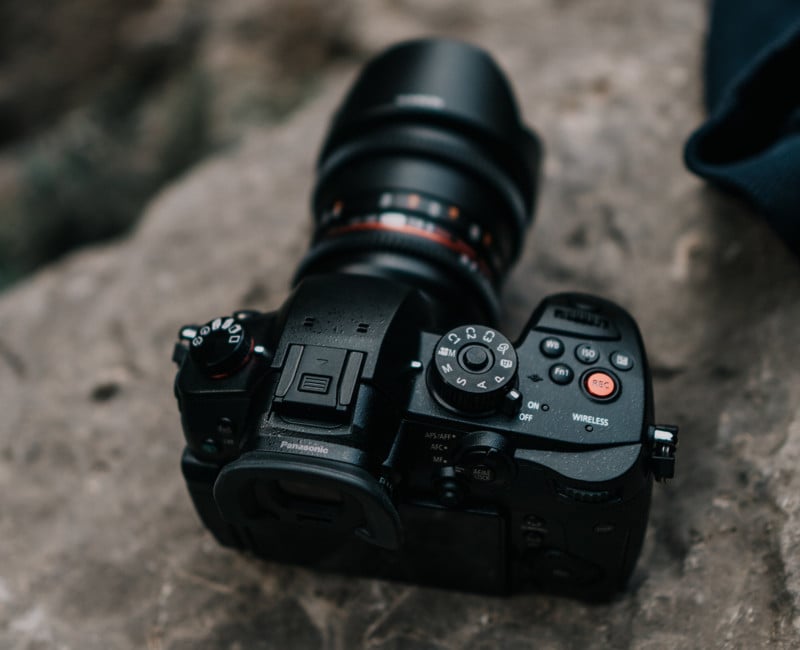Panasonic Manager: Micro Four Thirds is ‘a Precious Asset,’ It’s Here to Stay
![]()
Ever since Panasonic joined the L-Mount alliance and began releasing full-frame cameras, customers have wondered: is this the end of the company’s Micro Four Thirds journey? According to a recent interview with the Director of Panasonic’s Imaging Business Unit, Yosuke Yamane, the answer is a resounding “No.”
The interview was published last week by Dave Etchells at Imaging Resource, and if you’re a fan of Panasonic it’s definitely worth checking out in full. They cover a lot of ground: from the future of MFT, to the growth of the L-Mount lineup, to the impact of the COVID pandemic on Panasonic’s manufacturing capacity and supply chain.
For our purposes, we wanted to highlight the first of these topics, since Yamane-san pretty much put to rest any concerns that Panasonic has given up on Micro Four Thirds.
![]()
First, in response to questions about the future of the GH lineup of MFT cameras, Yamane-san made it clear that MFT is an important asset that offers video features Panasonic won’t be able to replicate with a full-frame camera.
“There is some video footage which only Micro Four Thirds can realize, in terms of optimum depth of field, mobility, zoom ratio and so on. So Micro Four Thirds is also a precious asset for us to cover video shooting needs,” explains the Panasonic Director. “We are now studying how we are going to evolve GH series going forward, [to make the most of its advantages].”
Then, speaking about how they might “evolve” the Panasonic G9, Yamane-san explains that Panasonic’s overall goal is to find the right “balance” between the advantages of these two camera classes.
We are now studying the balance between full-frame and Micro Four Thirds in terms of the value which we can provide by the large sensor size of full-frame, or the value which we can provide by the compactness of Micro Four Thirds. By studying this balance, we are now considering the future development of this category.

In some ways, Panasonic is taking a similar approach to Fuji, but using two different sensors. Fuji clearly believes there is enough difference in the benefits of APS-C and Medium Format to support a robust user base for both the X-series and GFX cameras; Panasonic seems to believe the same thing about Micro Four Thirds and full-frame.
So while other camera companies essentially compete with themselves by releasing APS-C models that aren’t sufficiently “different” from their full-frame offerings, Panasonic can take full advantage of each product line without cannibalizing the other. At least, that’s our take on the comments above.
To read the full interview with Yamane-san, be sure to head over to Imaging Resource. As we mentioned up top, Dave covers a lot more ground than what we highlighted here, so if you’re at all interested in the future of Panasonic cameras—full-frame, MFT, and compact cameras alike—you’re sure to find something to pique your interest in this interview.
(via 43 Rumors)
Image credits: Header image by Subtle Cinematics, CC0